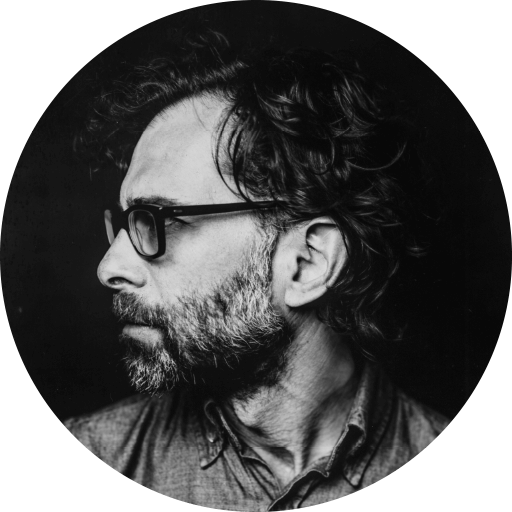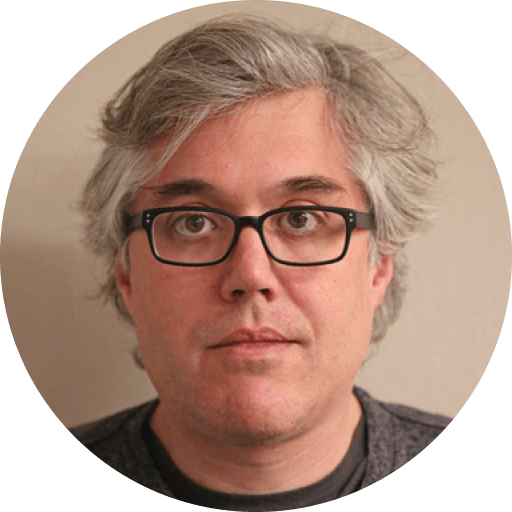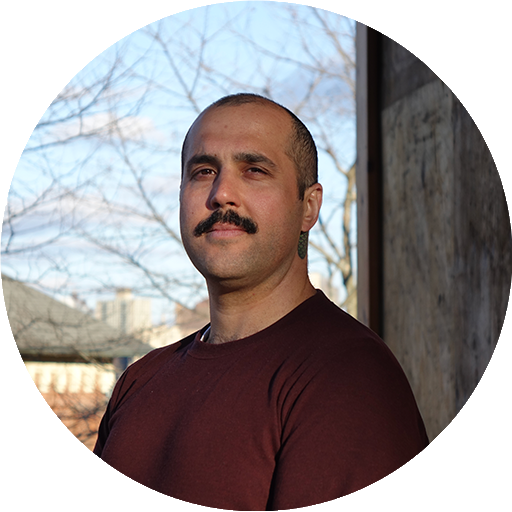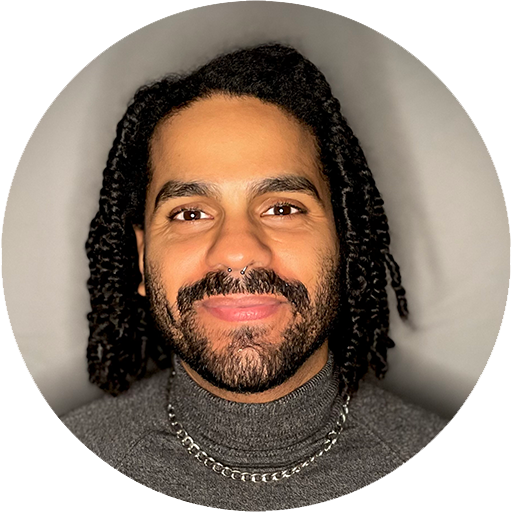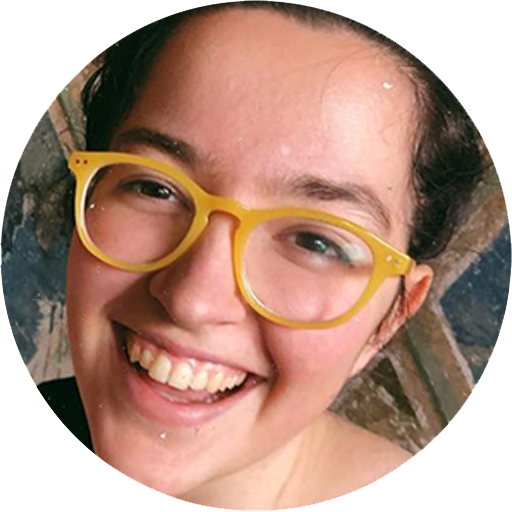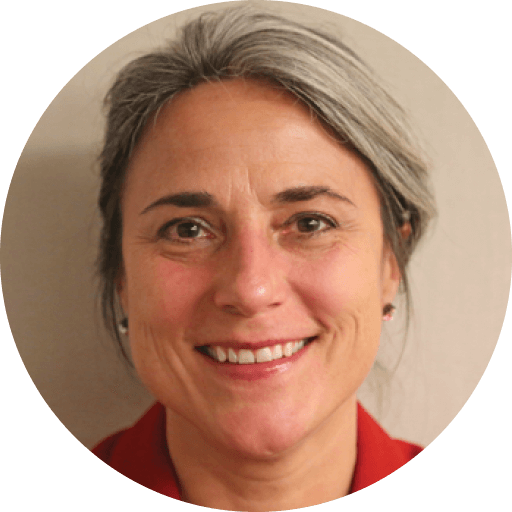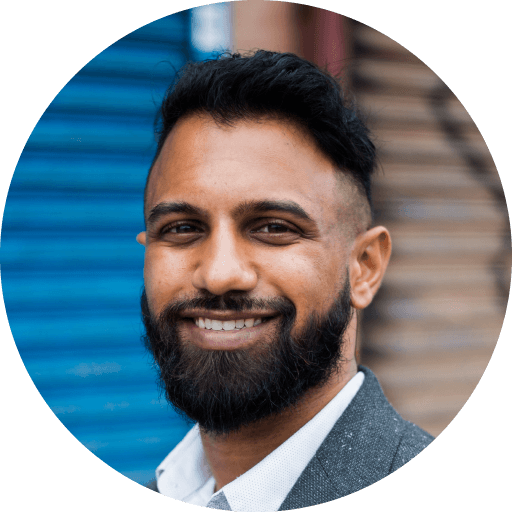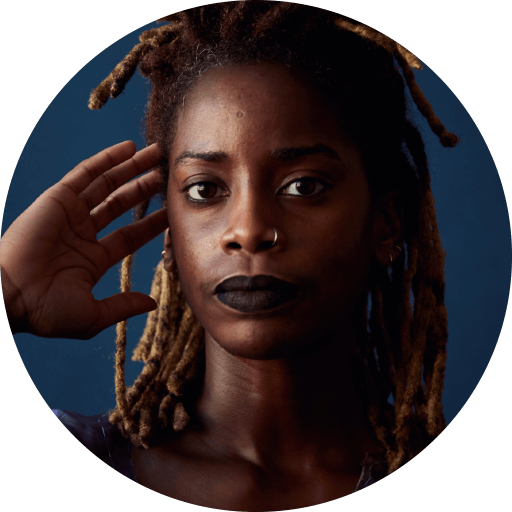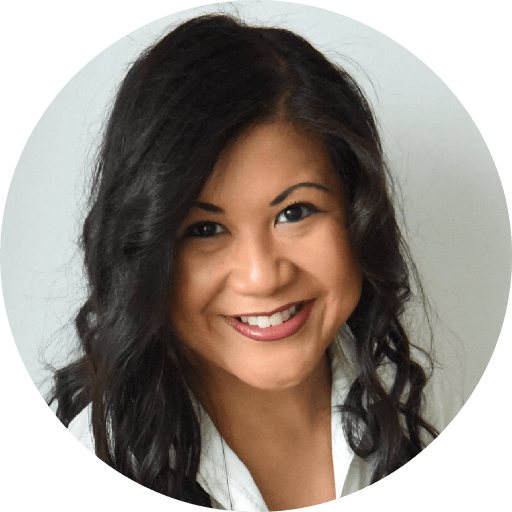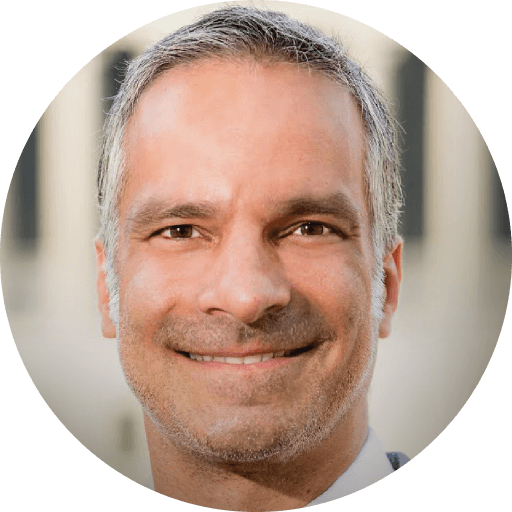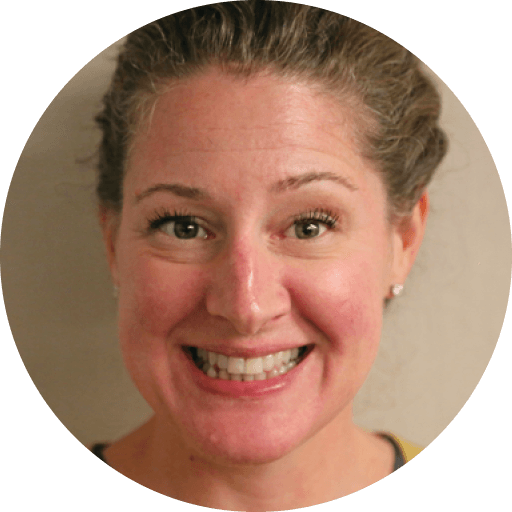Sheila Testified In Albany
December 5, 2017
December 5, 2017
Read my first blog post here.
Testimony before the New York State Assembly Committee on Tourism, Arts, Parks and Sports Development – December 5, 2017 (PDF)
I was born in Queens, NY just about 1 mile from where my family lived in East New York, Brooklyn in 1964 just four years after New York State Council on the Arts was conceived and one year before it was established as a permanent agency of New York State.
It is so hard for me to imagine that there was a time when NYSCA and the NEA did not exist. Did you know that the National Endowment for the Arts was created by an act of Congress a year after NYSCA was established?
And yet, NYSCA did not always exist. In the 1960’s a wave swept over the country, led by New York State recognizing the importance of the arts and arts programming on education, cultural identity, science, math, history, good physical and mental health,
community development, architecture, public speaking, motor skills and on and on.
New York State has always led the way and we need your collective vision and leadership for all people of the State now more than ever. Darren Walker, President of the Ford Foundation said in a speech this year:
It is “we, the people,” not some faceless government, who choose to invest in ourselves and our culture. It is “we, the people,” who believe in supporting the small rural museums, and local theater groups, and book festivals that bring people together across
this country.
So, if we see ourselves as great, we must invest in that which makes us great, things that the GDP has never been able to measure: Investments that make “we, the people,” richer, better, more complete human beings.
This is not a faceless committee nor is our State government faceless. Each of you has family, history, stories, constituents, friends and neighbors. Each of your districts is rich with culture, arts, arts education, arts for seniors and the disabled. I have never attended a wedding, funeral, birthday or other celebration of life that wasn’t filled with music, poetry, dance and story telling. It is through the storytelling of arts that we never become faceless.
The 2016 11th New York State Poet, Yusef Komunyakaa, born in Louisiana, resident of Brooklyn, Vietnam Veteran and Bronze Star recipient wrote poetry to give face to his history and the perceived facelessness of other vets.
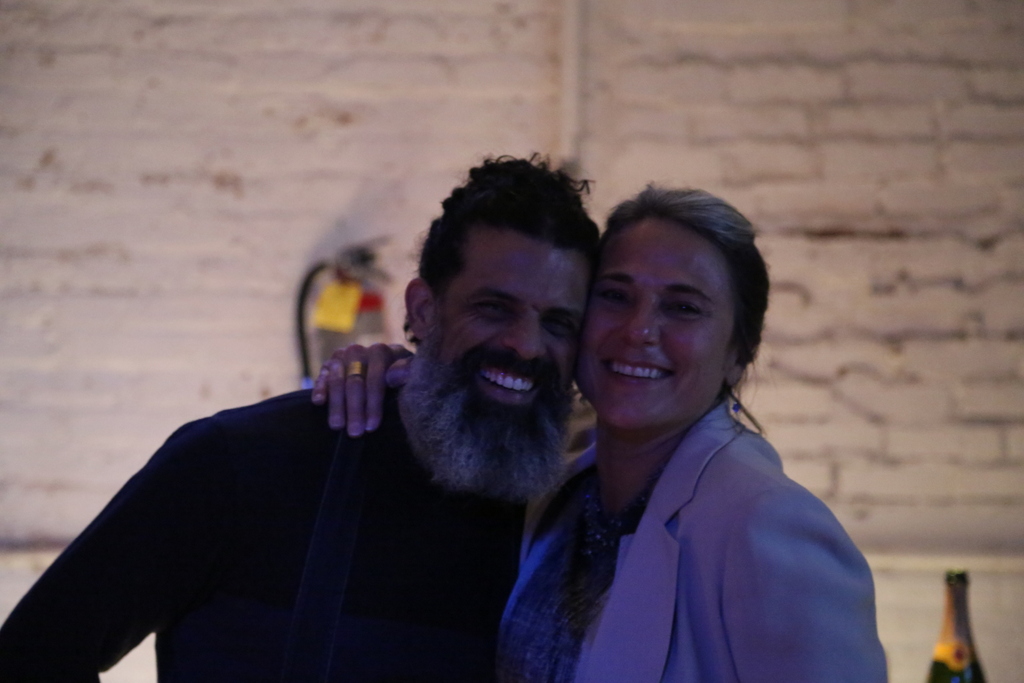
His poem Facing It
My black face fades,
hiding inside the black granite.
I said I wouldn’t
dammit: No tears.
I’m stone. I’m flesh.
My clouded reflection eyes me
like a bird of prey, the profile of night
slanted against morning. I turn
this way—the stone lets me go.
I turn that way—I’m inside
the Vietnam Veterans Memorial
again, depending on the light
to make a difference.
I go down the 58,022 names,
half-expecting to find
my own in letters like smoke.
I touch the name Andrew Johnson;
I see the booby trap’s white flash.
Names shimmer on a woman’s blouse
but when she walks away
the names stay on the wall.
Brushstrokes flash, a red bird’s
wings cutting across my stare.
The sky. A plane in the sky.
A white vet’s image floats
closer to me, then his pale eyes
look through mine. I’m a window.
He’s lost his right arm
inside the stone. In the black mirror
a woman’s trying to erase names:
No, she’s brushing a boy’s hair.
Our vets like all people of NYS are not to be faceless. I’ve also had the pleasure to know and support Marine Iraq War Veteran, Roman Baca who came to Albany with me in 2012 to advocate for the arts. In addition to his own art making he created programs for veterans of war using dance and the arts as a way for them to express what they could not express verbally and heal. Roman has not only testified in Albany but has been recognized around the world for his work with Vets and others.
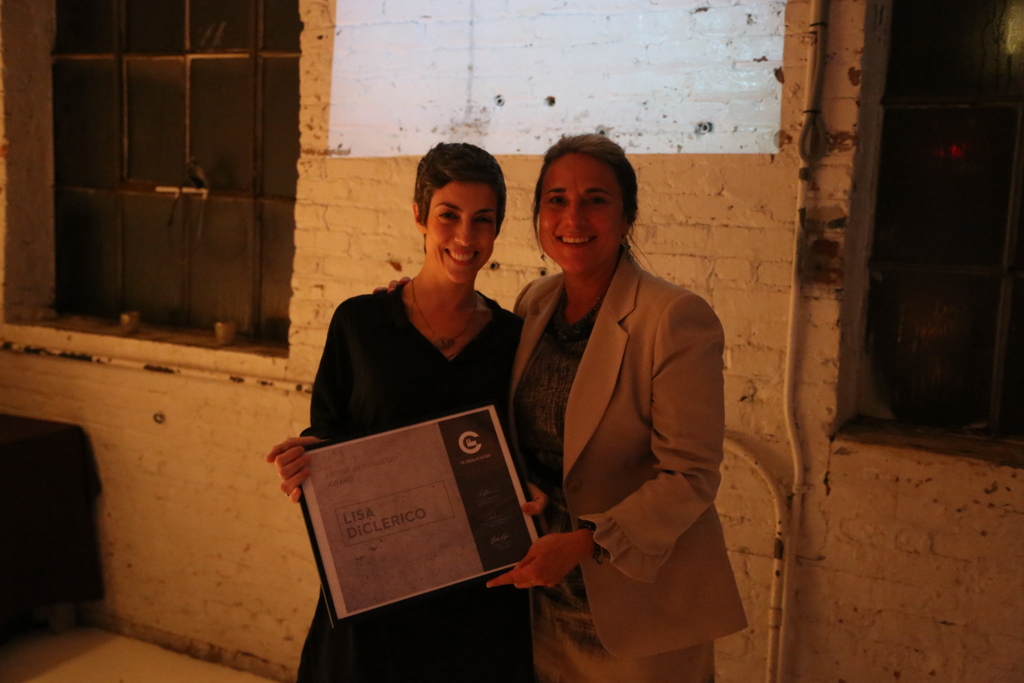
My own scientist father who immigrated from Poland in the 1950’s and artist mother first generation from Polish and Irish Ancestry made arts a priority in our little apartment in a New York City Housing Project. My mother voluntarily organized performances at the local community center, started a dance studio, helped get ArtSpace off the ground, volunteered with High Rock Conservation Park and the Staten Island Maritime Museum. Keep in mind that we were dirt poor and discovered ourselves even poorer when we finally moved out of Stapleton Houses in 1976.
Nevertheless we learned about ourselves and others through our participation in the Arts. STEAM – Science, Technology, Engineering, ARTS and Math, not STEM was practiced in our home; still is. My niece graduated from Bard LIC High School where she studied mathematics, environmental sciences and performing arts and is continuing this work at Bard College. One nephew, a sophomore studying science at Stuyvesant just made first chair playing the trumpet. My other nephews attend LaGuardia High School and learn about physics in studies of music and art.
I know that the schools in most of your districts are strong in arts education. You may not realize that much arts education throughout the state is supported in part through NYSCA. Assemblymember Murray has an annual student photo contest and the schools in Medford have well known music programs. Assemblymember Palmesano’s District hosts the Juneteeth celebration in Chemung, and regrants to many artists and arts educators.
I am grateful to my parents for their insight. Their vision for our STEAM education helped to give me the courage to think creatively about everything I do for my family and my community and to keep looking beyond what is known as status quo or best practices. Through the arts I have become a great and resilient planner, manager, communicator and engaged citizen. I have founded a local arts center that not only commissions dance and performance but also produces a local Halloween Parade for over 700 families, hosts dance and public speaking badge opportunities for the local Girl Scouts and we are in our 13 year of producing a food tasting event working with about 100 local businesses, the local PTA, Girl Scouts, peer arts groups, artists that attracts over 1000 people for a night. The Taste of LIC helps us to raise money while raising awareness of our community as a place to eat, take in a show, visit a museum or even come to live. This is what the arts does throughout the State. Each of your counties has festivals produced by artists and arts centers partnering with community groups, businesses and neighbors to celebrate and showcase their culture. Those festivals, gallery walks, and cultural activities put faces on the communities.
So, how do we as a State retain our position as innovator throughout the Country and the world? Or as leader of the thinkers and doers? How do we build without innovation? How do we progress without creativity and critical thinking and vision? We don’t. But to stay innovative, entrepreneurial and creative we need to invest in arts and culture throughout the State.
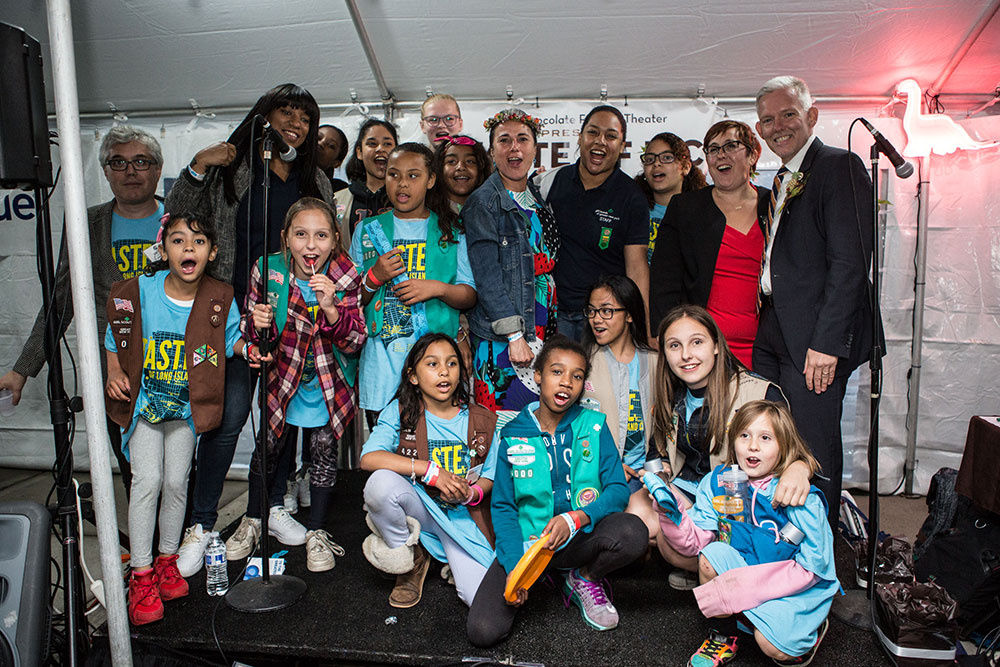
I would like to share the story of The Chocolate Factory Theater since our success was made possible with the support of New York State Council on the Arts.
I live in Long Island City, Queens. I fell in love with the community more than 20 years ago for it’s not in Manhattan, but close enough, every one still knows each other and cares and look we were able to get a run-down space in which to make performances for cheap! Not so much any more!
My co-founder, Brian Rogers and I were theater and dance pioneers in Long Island City. When we moved into the neighborhood there were no towers. Now there are dozens.
There were a few really good 3rd generation Italian restaurants (now there are dozens), there were wild packs of dogs and hundreds of artists living in illegal spaces making art. They painted and made furniture. They hooked up kilns for pottery and glass blowing. Some of them are still in the hood and it is because of them that big guns like MOMA took a chance on Long Island City. It is also because of them and places like The Chocolate Factory Theater that people want to live, start businesses and visit Long Island City.
It all started with one $2000 grant in 2002 from New York State Council on the Arts. After years of rejections to get an appointment and years of NYSCA sending auditors to make sure we did what we said we did – we received that of so important FIRST GRANT EVER of $2000. That year we had a budget of just around $25,000 and no real employees. We paid stipends.
That first grant meant we could put that we were recognized by the State with the NYSCA logo on everything, That first grant made us eligible for other grants. That first grant was an investment by New York State and we keep investing in our community as an anchor, a part of the culture and identity, an economic engine as we attract other business activities.
Two years later in 2004 we signed a 15-year lease on an old factory in the neighborhood we called home as the sole tenant of a 5,000 square foot industrial building in the heart of L.I.C. We opened the doors to The Chocolate Factory Theater with a budget of $50,000 and no employees. Brian and I worked a number of other jobs. I was Managing Director of Queens Council on the Arts and he was a building manager for a large nonprofit in Manhattan.
Three years later in 2007 The Chocolate Factory’s budget had grown to just over $100,000 and the demand for services by artists, the local community and audiences was apparent. We undertook a strategic planning process to meet the growing demand for services. The plan helped the leadership develop Board, administration, fundraising and community engagement systems and to fine-tune and better articulate programming.
By 2009 the budget had grown to $300,000 and the need was so great from the artist community that we worked with the NYC Department of Cultural Affairs to engage in an extensive feasibility study to answer the question of whether or not the organization should have a programming life beyond its current facility lease in 2019. Concurrent with this study we received a grant from NYSCA for architectural services to develop drawings of what a permanent facility would look like. Having that feasibility study and the architectural drawings complete in 2011 gave us the tools we needed to start raising money to buy a building.
From 2012 to 2014 we secured funding from the Queens Borough President, City Council and the Department of Cultural Affairs. Then in 2013 we received additional funding through the Regional Economic Development Plan for Marketing. We matched that REDC grant and did a re-branding including a new website. Our current stats are – over 21,000 unique visitors to our website, over 5000 in person visitors to shows, over 75,000 substantial views of fully produced videos of every show on our website and over 135,000 average photos viewed per month.
Today we employ three people full-time, five people year round part time and employ over 50 artists each year for 4-6 weeks. We employ the dancers, musicians and actors. They are not independent contractors so we pay payroll taxes and they are covered by Workers Comp, Disability and Unemployment Insurance. Our budget is around $700,000.
We partner with over 100 local businesses and have sponsorships from companies like JetBlue, Kaufman Astoria Studios, Con Edison, Rockrose Development among others. We receive ongoing and increased foundation support.
And, on July 20, 2017 we bought a building with major support from Queens Borough President Melinda Katz, NYC Council Majority Leader Jimmy Van Bramer and the City of New York through the Department of Cultural Affairs. We will have a permanent home in Long Island City. We are grateful to the NYS Assembly for a capital award toward our renovations made last year. We will honor the responsibility that comes with creating this home for performance for our State. We are waiting to hear from REDC about another capital grant from the $20million added to the NYSCA capital budget in the current year.We will have a permanent home in Long Island City. We are grateful to the NYS Assembly for a capital award toward our renovations made last year. We will honor the responsibility that comes with creating this home for performance for our State. We are waiting to hear from REDC about another capital grant from the $20million added to the NYSCA capital budget in the current year.
Let me be very clear – The Chocolate Factory would NOT exist if it were not for that precious $2000 grant investment from NYSCA back in 2002.
Across New York State there are so many venues very much like The Chocolate Factory Theater and they will NOT exist without NYSCA. Those anchors cannot hold without NYSCA and they need increased investment.
We have leveraged that $2000 to receive other funding and we’re close enough to Manhattan to be recognized, but what about the wonderful venues in the Adirondacksor the Open Eye in Margarettville? What about Centro Civico in Amsterdam and Earlville Opera House near Hamilton NY? Those communities need these centers and their arts programming. There is little else nearby and there are few opportunities for additional funding. Those children need arts education. Those businesses need places for their workers and their families to participate in music and theater, or to pair with dinner at a local diner or restaurant. Those businesses need the creative thinking their workers hone because they engage in arts programming.
If we are serious about the economy and quality of life for all in NYS, we need to keep investing in NYSCA so that NYSCA can keep creativity and innovation alive in every community of this state. Innovation is industry and is the foundation of industry.
I think I should tell you that I have served on grant panels for NYSCA, as a grantor while Managing Director of Queens Council on the Arts, on the Executive Committee of New York Multi-Arts Center Consortium that was a membership and service association for small multi-arts centers throughout the State, which is how I came to learn about so many of the small cultural gems throughout the State. The Chocolate Factory Theater has been a grantee since 2002 receiving small but critical grants for theater, dance and presenting. Our grants have included capital for lighting, architecture, commissions, to build a cash-flow reserve account, marketing (through REDC) and even a grant for an upstate-downstate collaboration years ago. I have cursed the changing application processes including the one-time requirement to use CDP to the current requirement to use the Grants Gateway. I fought to open up certain funding streams since they seemed restrictive in their guidelines and always, always found the staff of NYSCA to be open and responsive.
I would like to close with a quote from Assemblymember Robert C. Carroll in response to questions about his history in theater and law and how these two careers have much in common. I like to think, as it was with my Dad and his work as a biochemist, that creative thinking and the arts feeds all chosen careers.
I think at the core of law, of politics, of theater is that they are all about communicating ideas. In each field, it’s a matter of how we tell our stories. In law, you tell your client’s story. In politics, you tell the story of your candidate or your issue. In theater, you tell a story to entertain, but you want the audience to come away thinking or feeling something that you intended. – Assemblymember Robert C. Carroll
Respectfully submitted,
Sheila E. Lewandowski


